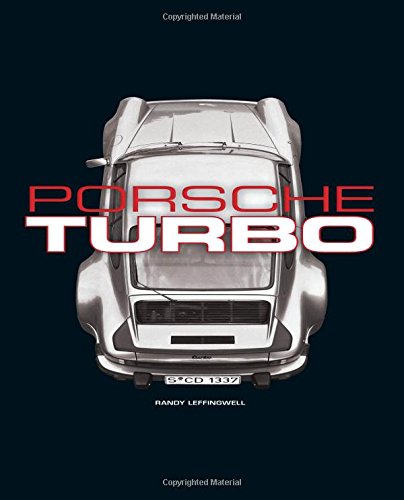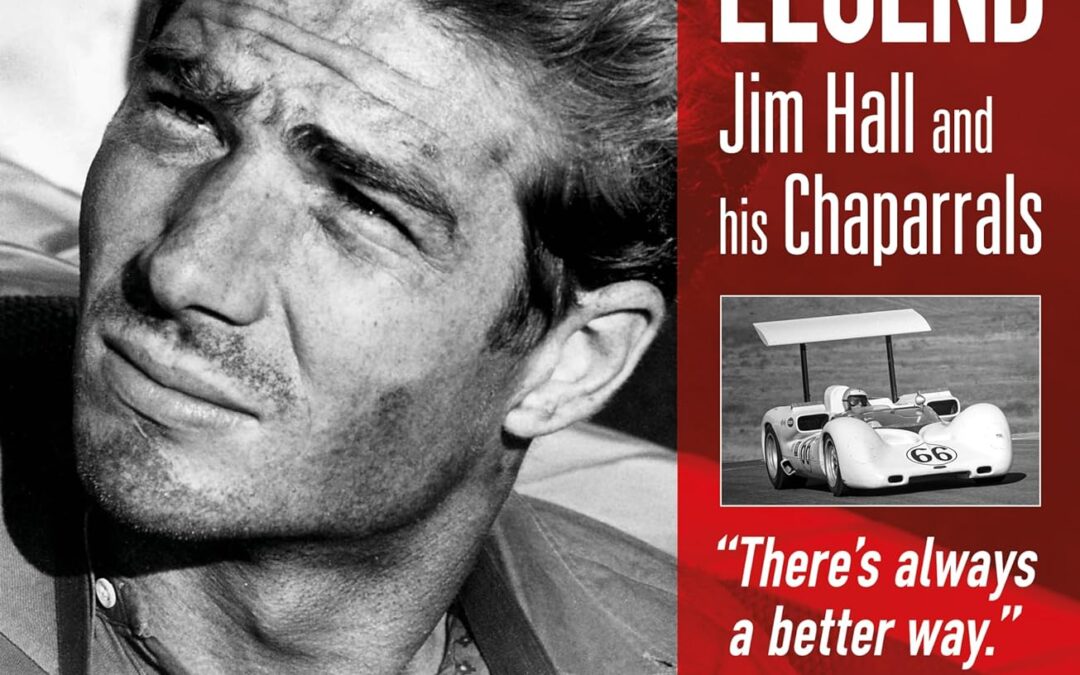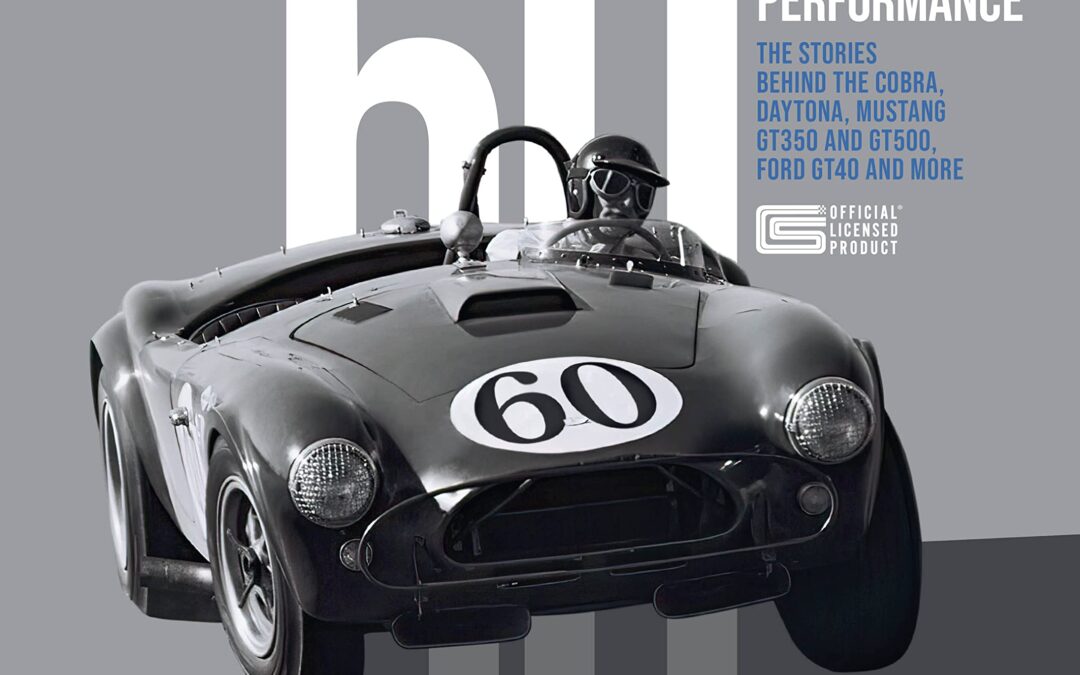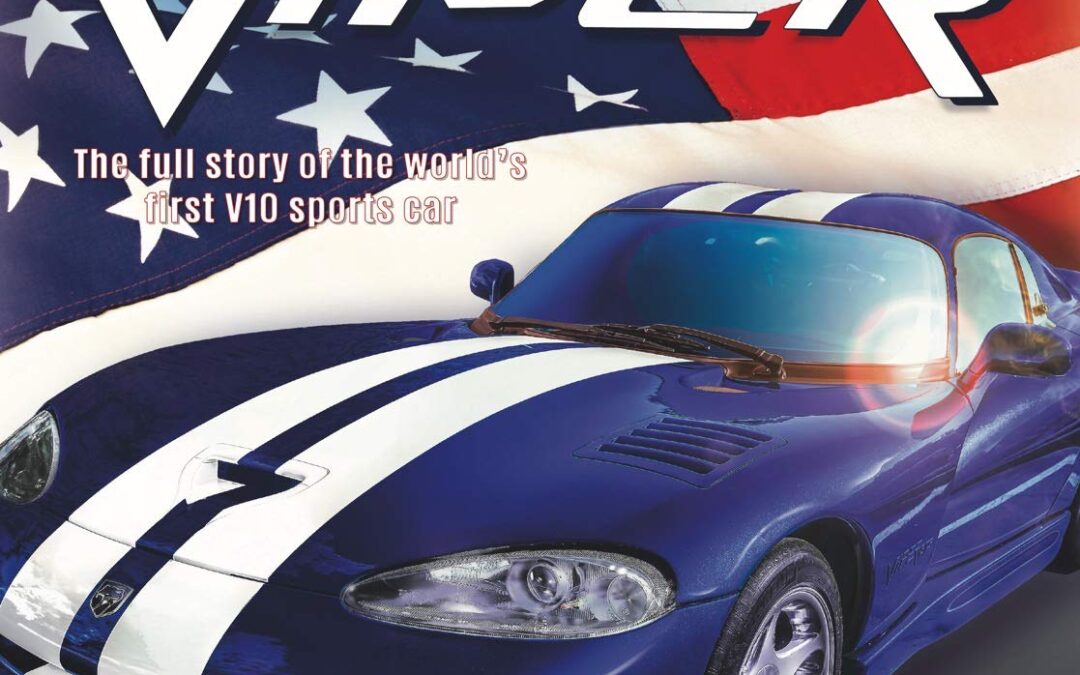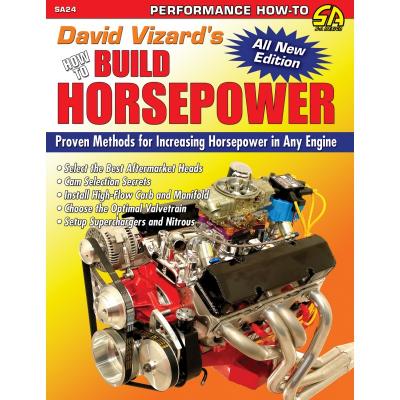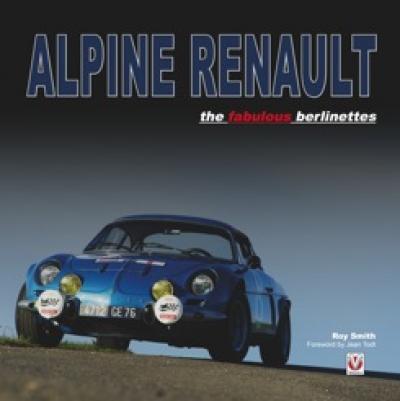
Billy F Gibbons: Rock + Roll Gearhead
Expanded on the occasion of ZZ Top’s 50th anniversary year, Billy F Gibbons: Rock + Roll Gearhead (first published in 2005) throws wide Gibbons’ garage and studio doors for an exclusive look at the exquisite vintage and way-out custom guitars and the influential hot rods and custom cars of the Grade-A Texas gearhead.
From the near-mythical ’59 Les Paul sunburst known as “Pearly Gates” and the “Furry One” of MTV renown to cars like the Eliminator, CadZZilla, and Kopperhed, they’re all here—more than sixty guitars and fifteen astounding vehicles, all expounded upon by BFG himself and shown in commissioned color and artistic black-and-white photography. Cars and guitars that have made their way to light since first publication are included:
Cars:
- Mexican Blackbird 1958 Thunderbird
- Quintana ’50 Ford Custom
- El Camino Grocery-Getter custom
- Whiskey Runner ’34 Ford Coupe
- ’51 Willys Wagon
Guitars:
- Party Peelers John Bolin Customs
- Neiman Marcus BFG SG
- Nacho Telecaster
- John Bolin “Think Buck” T-style
- Mexican Blackbird solidbody
- Mojo Maker
- Tone Bender
- Zemaitis custom
- Marconi Lab Guitar
- 1929 Dixie Ukelele
- 1939 Rickenbacker Frying Pan
…and more!
While BFG’s cars ’n’ guitars are the stuff of legend, no less intriguing are the tales behind his incredible music career. From teenage Houston garage rocker to the Rock and Roll Hall of Fame, the whole story is between these covers, told in the Good Reverend Willie G’s own words and illustrated with photos and memorabilia from his personal archive.
As with many rockers, Billy F Gibbons’ jones for hot rods and customs is the stuff of legend. But beyond this bona fide bluesman’s mastery of the six-string and unrepentant love for internal combustion is a noted collector whose own designs have manifested themselves in hundreds of mind-bending cars and guitars. This is the definitive and official record of that genius.


